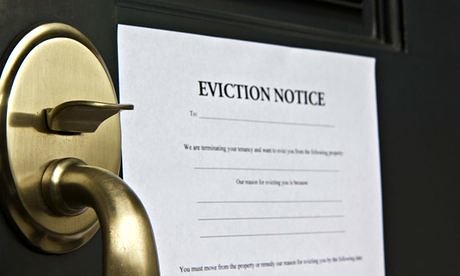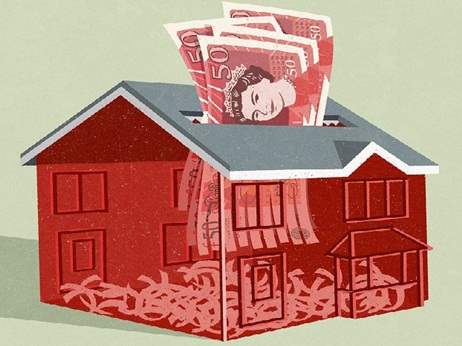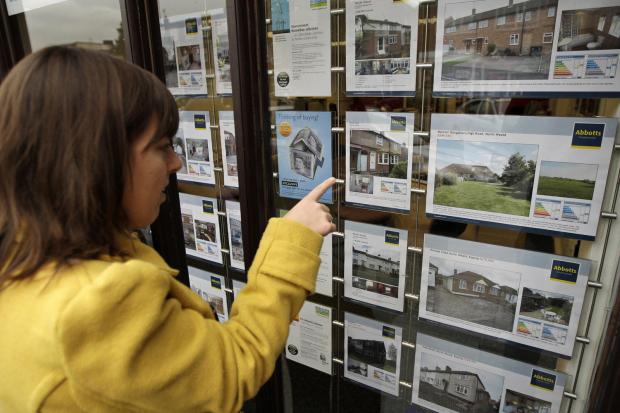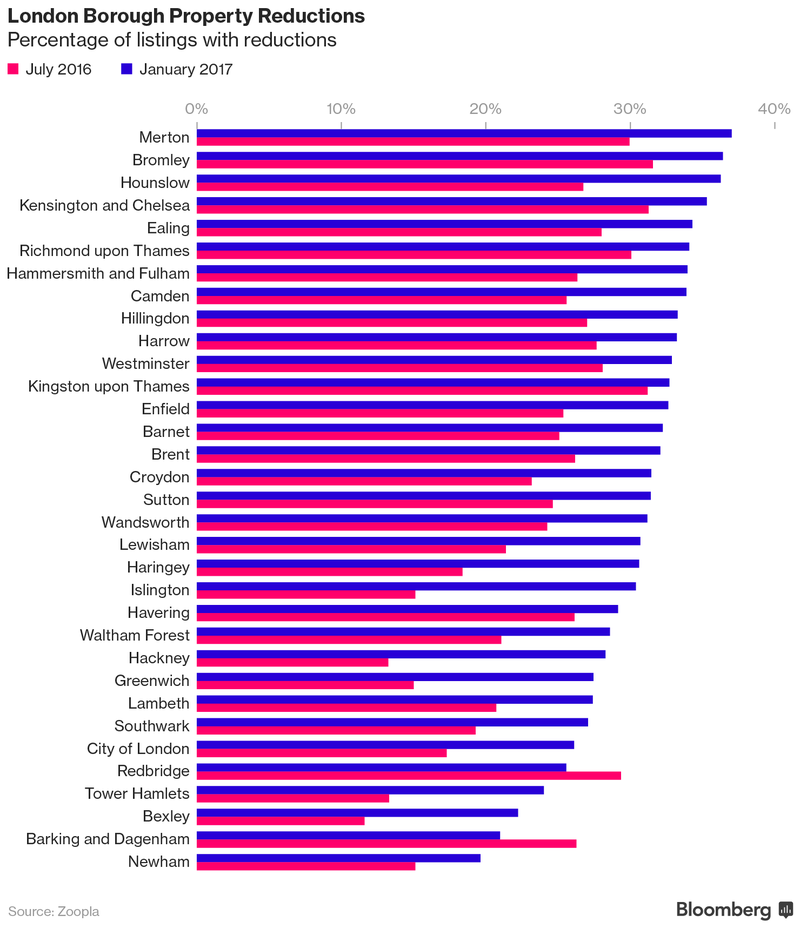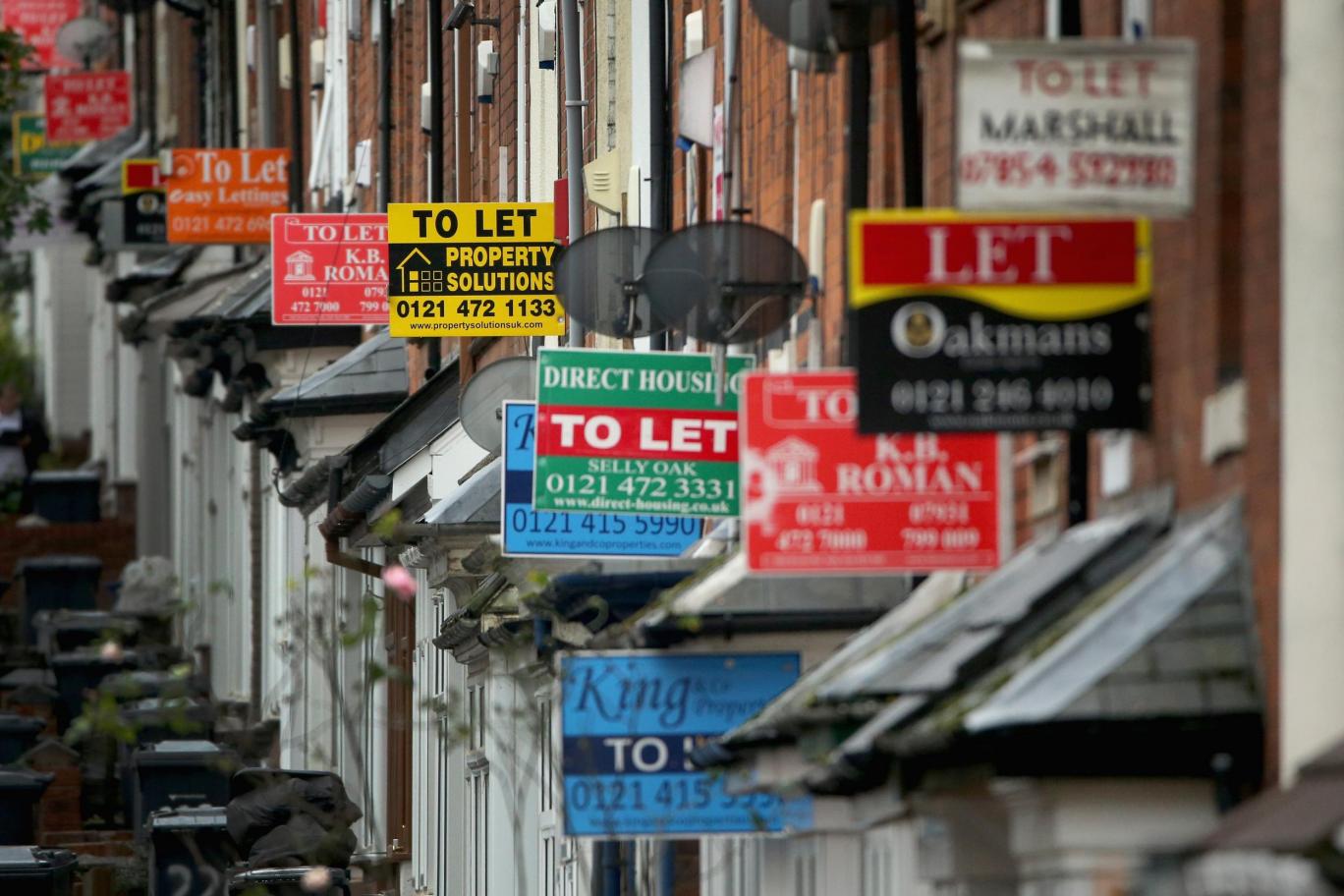 One in 10 people aged between 18 and 34 are prepared to move out of the UK in order to be able to buy an affordable home, a survey by Halifax reveals.
One in 10 people aged between 18 and 34 are prepared to move out of the UK in order to be able to buy an affordable home, a survey by Halifax reveals.
Underlining the generational home-ownership divide, a quarter of young people think they will never be able to own their own home, while a further quarter believe the only way they will be able to get on the property ladder will be through an inheritance windfall.
Forty-eight per cent of 1,500 young Britons surveyed said they think buying a home is now harder than ever. Eight out of 10 felt a lack of affordable property was keeping home ownership out of reach, while 14 per cent believe they will end up renting forever Halifax said.
Despite the gloomy picture, the number of first time buyers rose at the highest annual level since 2008 in the year to January, separate figures from the Council for Mortgage Lenders reveal.
Martin Ellis, Halifax’s housing economist, said: ‘Even with the highest number of first-time buyers in the last decade in 2016, many young people still feel they are running financial gauntlet – saving for a deposit, finding an affordable property in the right area and managing to fund living in the meantime.
‘It’s never too early to do some research to help build a better understanding of how much is affordable, the borrowing options available and calculating what’s achievable to help make owning a property more of a reality.’
Affordability
The average age for buying a starter home has risen to 30, pushed higher by ever increasing deposit requirements.
On average, deposits for first time buyers come in at around £32,321, but can be as much as £100,000 in London, Halifax said.
It is not just sky high property prices and hefty deposits first time buyers are worrying about. Over a third are concerned they don’t meet mortgage eligibility requirements, Halifax said.
While many struggle to get on the housing ladder, Halifax claimed first-time buyers typically end up £651 a year better off than when they were renting.
Although the buy-to-let market and number of people moving up the property ladder stalled in the year to January, the number of first time buyers increased to 340,200 according to data from the Council for Mortgage Lenders.
The CML estimated that gross mortgage lending reached £18.2billion in February, which is 8 per cent lower than January’s total of £19.8billion and just above the £18.1billion lent in February last year.
February’s estimated lending total is the lowest seen since May 2016, which is the month after the Government’s stamp duty hikes on buy-to-let lenders and second home-owners kicked in.
As has been the case since 2013, the number of existing home owners looking to move has stalled, remaining ‘subdued’ at around the 360,000 mark in the last year, the CML said.
In London, the number of existing home owners looking to move has fallen to a 25-year low. Meanwhile, remortgaging activity has increased sharply across the country, rising 20 per cent year-on-year, as people take advantage of competitive rates, the CML’s data showed.
Mohammad Jamei, a senior economist at the CML, said: ‘Mortgage lending is holding up well, but under the surface buyers face mixed fortunes.
‘First-time buyers and customers who are re-mortgaging are driving total lending, while home movers and buy-to-let remain weak.
‘The weakness in home movers means few properties are coming onto the market for sale, which is aggravating a supply demand imbalance that has characterised the market since late 2013.
‘This looks set to continue at least over the next few months, posing an obstacle for would-be borrowers.’
The Renters Alliance helps renters with bad landlords and letting agents. If you have a story you would like to share, please contact the National Renters Alliance through our website or email us at contact@nralliance.co.uk
